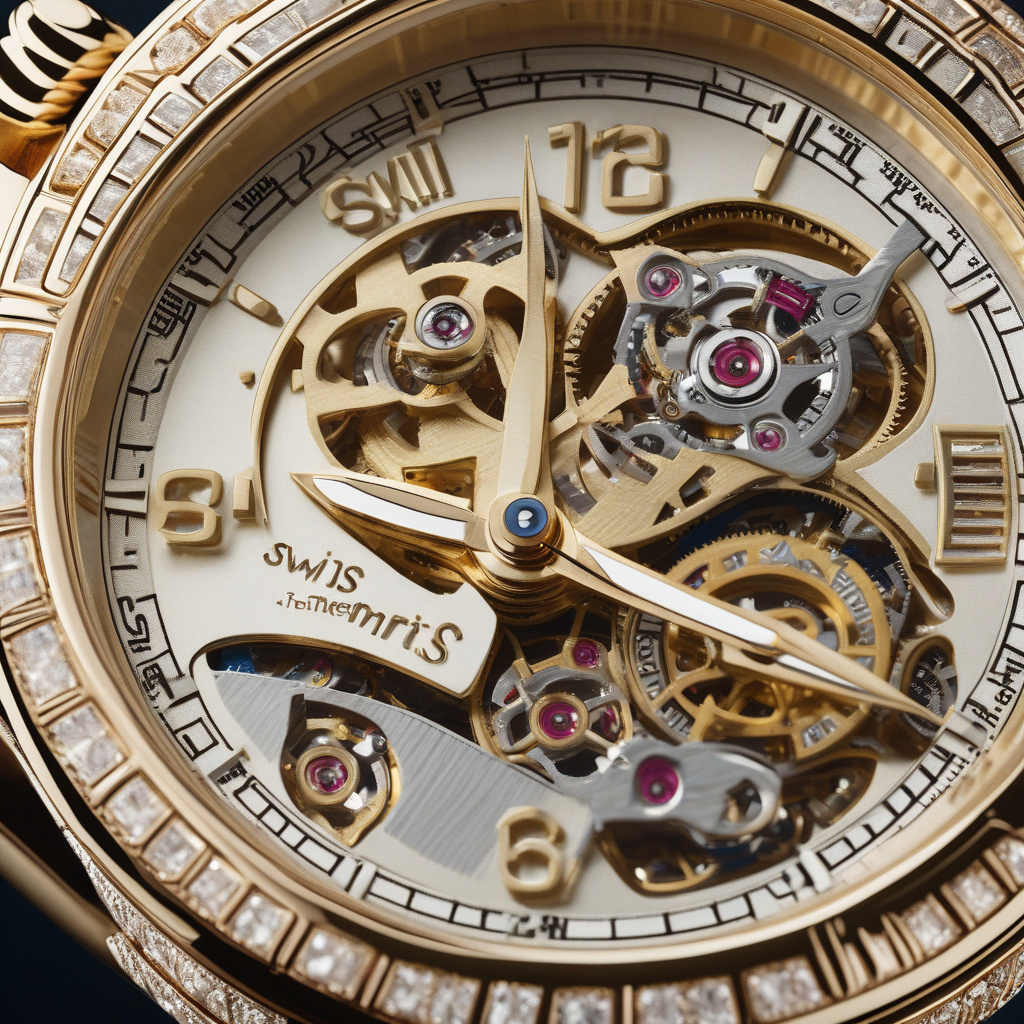Swiss Watch Exports Slump in September, Hurt by US Tariffs
In September, the Swiss watch industry faced a significant downturn as exports plummeted, largely due to the 39 percent tariff imposed by the Trump administration on imports from Switzerland to the United States. This tariff has had a profound impact on one of the most prestigious sectors of the Swiss economy, which has long relied on the U.S. as its largest market for luxury timepieces.
According to the Federation of the Swiss Watch Industry, the export figures for September revealed a decline that industry leaders could not ignore. In a market where Swiss watches have long been synonymous with quality and luxury, the sudden increase in costs due to tariffs has resulted in a noticeable drop in demand. U.S. customers, who have historically appreciated the craftsmanship and prestige associated with Swiss watches, are now faced with higher prices that may deter them from making purchases.
To understand the implications of this tariff, it is essential to consider the financial dynamics of the Swiss watch market. The United States is not just a significant market; it represents nearly one-third of all Swiss watch exports. In 2022 alone, the value of Swiss watch exports to the U.S. reached approximately $1.9 billion. The imposition of tariffs means that American consumers may turn to alternative watch brands, both domestically produced and from other countries, that do not carry the additional costs associated with Swiss imports.
Moreover, the luxury segment of the watch market is particularly sensitive to price changes. High-end brands such as Rolex, Patek Philippe, and Omega have enjoyed a loyal customer base in the U.S. However, as prices rise due to tariffs, consumers may reconsider their purchasing decisions. The impact of this could ripple throughout the industry, affecting not only luxury brands but also mid-tier and entry-level Swiss watch manufacturers.
The situation is further complicated by the fact that the Swiss watch industry has been facing challenges even before the introduction of these tariffs. The rise of smartwatches and changing consumer preferences have already put pressure on traditional timepiece manufacturers. With the additional burden of tariffs, the industry’s ability to adapt and innovate may become severely hampered. Companies may need to recalibrate their pricing strategies, marketing approaches, and product offerings to retain their foothold in the U.S. market.
In response to these challenges, some Swiss watch manufacturers are exploring new markets to offset losses in the U.S. For instance, Asia has emerged as a growing market for luxury goods, and brands are increasingly targeting consumers in countries like China and Japan. However, while these markets present opportunities, they also come with their own set of challenges, including different consumer behaviors, competitive landscapes, and economic conditions.
Additionally, industry leaders are calling for the Swiss government to engage in discussions with U.S. officials to seek a resolution to the tariff issue. Collaborative efforts may help diminish the adverse impacts of tariffs on the Swiss watch sector, which is vital to the country’s economic health. The Swiss watch industry generates tens of thousands of jobs and contributes significantly to the national GDP.
As this situation unfolds, it is essential to monitor further developments in U.S.-Swiss trade relations and the broader implications for the luxury goods market. The pressure on Swiss watch exports serves as a reminder of the interconnectedness of global trade and the impact of political decisions on industries that rely heavily on international markets.
In conclusion, the slump in Swiss watch exports in September underscores the challenges that the industry faces due to the Trump administration’s tariffs. With the U.S. being a vital market for Swiss watch manufacturers, the effects of these tariffs are likely to persist, prompting a need for strategic adaptations and potential shifts in focus toward emerging markets. While the prestige of Swiss watches remains intact, the road ahead may be marked by increased competition and evolving consumer preferences.
Swiss watches, once a symbol of luxury and craftsmanship, now stand at a crossroads, influenced by economic policies that could shape the industry’s future for years to come.
luxurywatches, Swisswatchindustry, tradeimpact, US tariffs, luxurygoods
